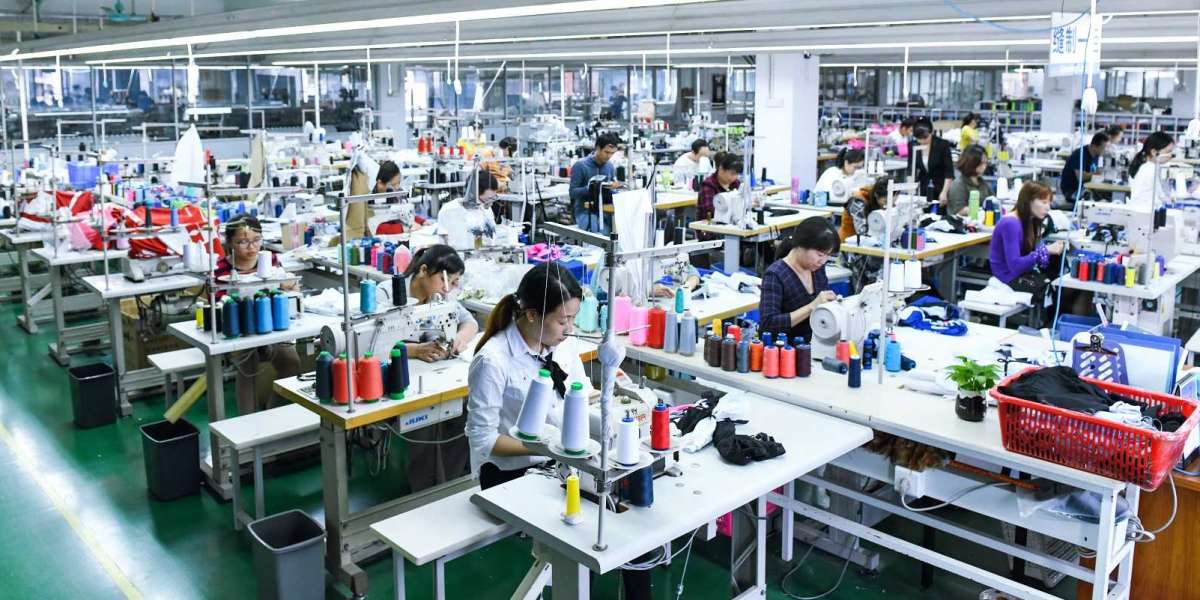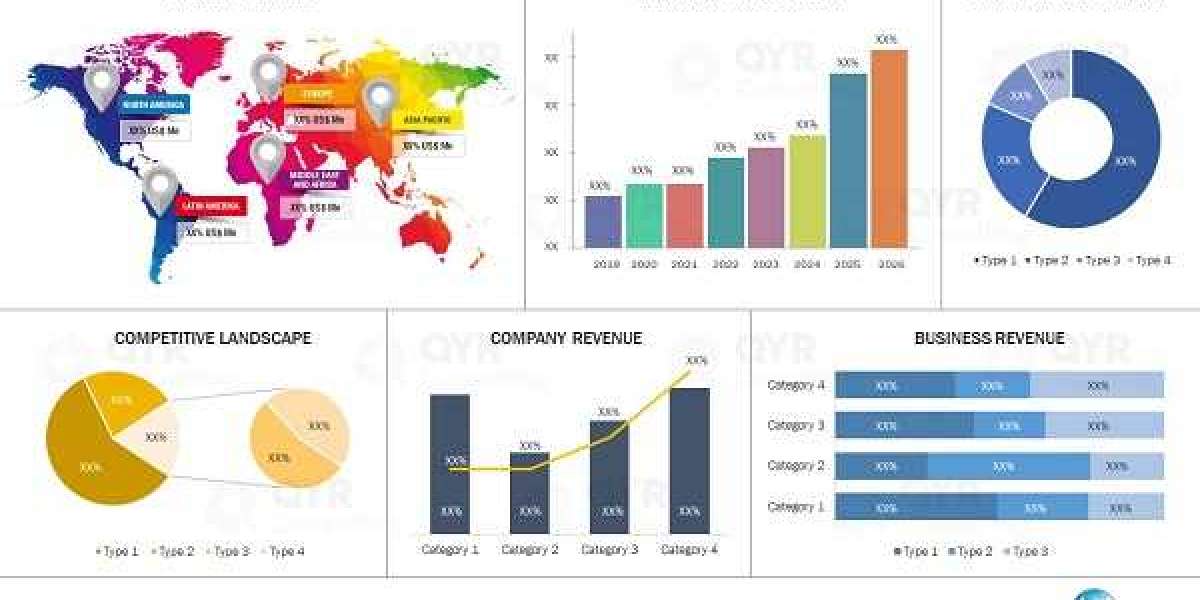In the custom clothing industry, what separates good from exceptional often lies in the subtle finishes—the tag placements, the seam reinforcements, the labels, and trims that might seem minor but ultimately define a product’s quality. For many emerging brands, these finishing elements are the first tangible indicators of craftsmanship. A garment’s overall impression depends not only on fabric or fit but on how every detail comes together cohesively.
This is especially critical in custom apparel production, where precision and personalization are vital. From independent designers to startup fashion brands, partners who can handle more than just bulk manufacturing—especially the finer touches—can become long-term collaborators. That’s where attention to detail in the production pipeline truly matters.
Why Finishing Touches Matter in Apparel Manufacturing
From a consumer’s perspective, tags and trims may appear purely aesthetic. However, they are also functional and symbolic. They reinforce brand identity, provide sizing and care information, and communicate value. The trim work, including hems, closures, or decorative stitching, must be both practical and consistent with a brand’s visual voice.
At this stage of the production process, companies like Vel Clothing step in—not just as manufacturers but as partners with a fine-tuned eye for detail. One of the defining aspects of Vel Clothing is its structured focus on finishing work, ensuring every garment meets brand-specific expectations without compromising efficiency.
Precision in Labels, Tags, and Trims
Every brand has its own preferences for tags—woven labels, screen-printed tags, heat transfers, or tear-away options. The placement of labels and the method of attachment might seem small, but they have implications for comfort, appearance, and even compliance (like with fiber content or country of origin).
For contract clothing manufacturers, offering versatile and scalable options for tags and trims is a mark of operational maturity. Whether it’s branded hang tags, size tabs, or custom woven patches, execution needs to align with the brand’s aesthetic.
Additionally, the detail work around trims, such as ribbing on necklines or embroidery on cuffs, is where craftsmanship shows. These are not just accessories—they're components of the garment's identity. Trim detailing helps brands stand apart, especially in saturated markets.
Material Sourcing and Compatibility
One key aspect of tag and trim work that often goes unnoticed is material compatibility. Not all trims suit all garments. For example, a sustainable brand might prefer eco-conscious tag materials, while a sportswear company might require moisture-wicking, soft-touch label designs that resist fraying.
Many USA clothing manufacturers—especially those working with small to medium-sized brands—struggle to offer full customization due to supply chain limitations. This is why it’s critical to partner with manufacturers who maintain flexible sourcing capabilities, whether working with startup MOQs or high-volume orders.
Startups and the Demand for Professional-Level Detail
In early-stage brands, there’s often a misconception that you must sacrifice detail for affordability. But with clothing production for startups becoming more advanced and accessible, it’s increasingly possible to have low minimum order quantities (MOQs) and still receive premium-level finishing.
A partner that enables custom tag and trim solutions from the beginning helps startups build professional-looking collections that inspire confidence in buyers and retailers. A properly labeled and well-trimmed sample can make all the difference when presenting to investors or boutiques.
Conclusion:
Ultimately, the finishing process isn't just about checking boxes—it's about adding value. Trim, tags, and attention to detail are what translate a product from a basic garment to a market-ready piece that tells a story.
For more details, see more about how these elements come together during production with the right manufacturing partner.
A cohesive, high-quality garment requires thoughtful execution at every stage. From cut to stitch to the final label, the journey reflects the brand’s identity. And in that journey, the finishing touches are what make a lasting impression.











